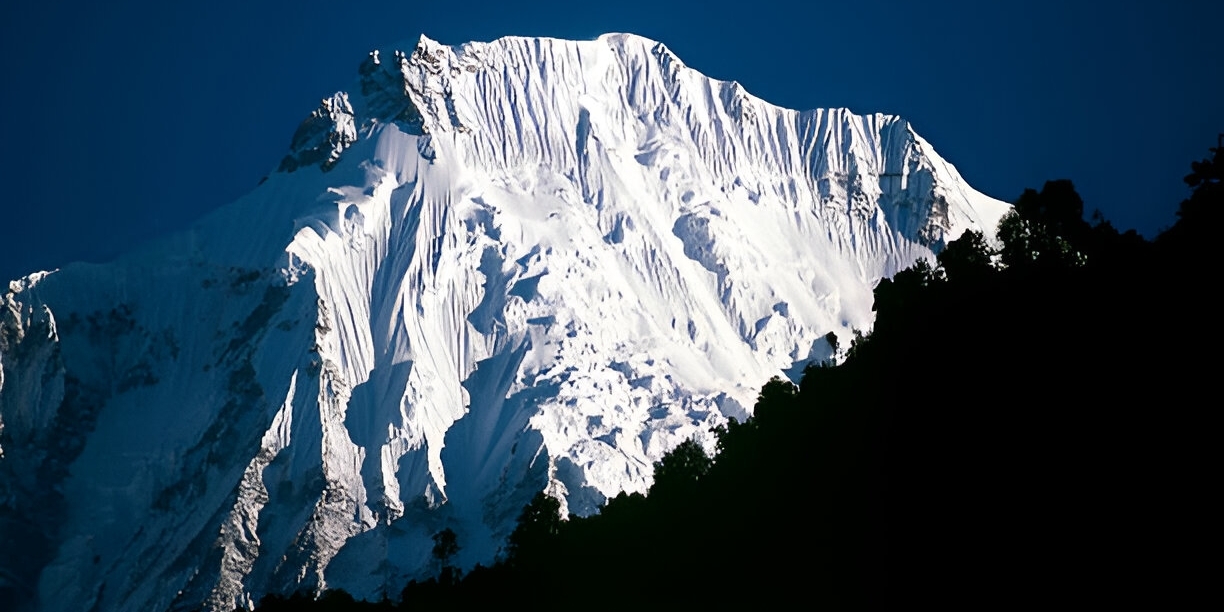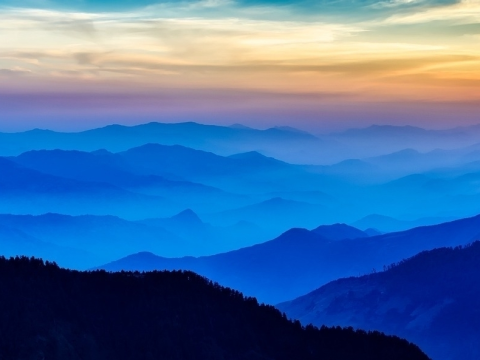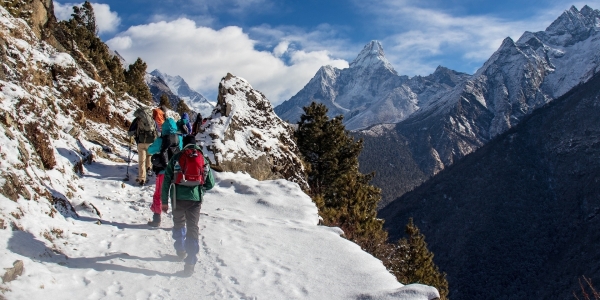Nestled between the popular trekking regions of Langtang and Manaslu, the Ganesh Himal Trek is a hidden gem that offers a perfect blend of natural beauty, cultural richness, and adventure. Named after the Hindu god Ganesh, who is often depicted with the head of an elephant, the Ganesh Himal range features stunning snow-capped peaks, verdant valleys, and diverse flora and fauna. This blog provides a detailed guide to the Ganesh Himal Trek, including its highlights, trekking routes, best times to visit, necessary permits, and tips for a memorable adventure.
Overview of Ganesh Himal Trek
Location
The Ganesh Himal range is situated in central Nepal, straddling the border between the Dhading, Nuwakot, Rasuwa, and Gorkha districts. The trek takes you through remote villages, terraced fields, lush forests, and high mountain passes.
Trekking Duration
The Ganesh Himal Trek typically takes around 12 to 18 days, depending on the chosen route and pace.
Difficulty Level
The trek is considered moderately challenging, suitable for trekkers with a good level of fitness and some prior trekking experience.
Highlights of the Ganesh Himal Trek
- Stunning Mountain Views
- The trek offers breathtaking views of several prominent peaks, including:
- Ganesh I (Yangra): 7,422 meters (24,350 feet)
- Ganesh II (Salasungo): 7,118 meters (23,353 feet)
- Ganesh III (Yangra Peak): 7,043 meters (23,107 feet)
- Ganesh IV (Pabil): 7,104 meters (23,307 feet)
Cultural Experience
The trek provides a unique opportunity to immerse yourself in the rich culture of the Tamang and Gurung communities. You will visit traditional villages, interact with locals, and experience their warm hospitality.
Diverse Landscapes
From lush rhododendron and pine forests to alpine meadows and glacial valleys, the Ganesh Himal Trek showcases a diverse range of landscapes.
Flora and Fauna
The region is home to a variety of wildlife, including red pandas, Himalayan tahrs, and several species of birds. The forests are adorned with blooming rhododendrons, orchids, and other wildflowers, especially in the spring.
Trekking Routes
Popular Route
Day 1: Arrival in Kathmandu
- Activities: Sightseeing and preparation for the trek.
- Accommodation: Hotel in Kathmandu.
Day 2: Drive from Kathmandu to Syabrubesi
- Duration: 7-8 hours.
- Highlights: Scenic drive through lush hills and along the Trishuli River.
- Accommodation: Teahouse in Syabrubesi.
Day 3: Syabrubesi to Gatlang
- Duration: 5-6 hours.
- Highlights: Traditional Tamang village of Gatlang with stone houses and cultural heritage.
- Accommodation: Teahouse in Gatlang.
Day 4: Gatlang to Somdang
- Duration: 6-7 hours.
- Highlights: Beautiful landscapes, waterfalls, and alpine meadows.
- Accommodation: Teahouse in Somdang.
Day 5: Somdang to Pangsang Pass (3,842 meters / 12,605 feet) and Tipling
- Duration: 6-7 hours.
- Highlights: Panoramic views from Pangsang Pass, descent to Tipling.
- Accommodation: Teahouse in Tipling.
Day 6: Tipling to Chalish Gaon
- Duration: 5-6 hours.
- Highlights: Cultural insights into the Gurung community, traditional village life.
- Accommodation: Teahouse in Chalish Gaon.
Day 7: Chalish Gaon to Jharlang
- Duration: 5-6 hours.
- Highlights: Terraced fields, local culture, and stunning views.
- Accommodation: Teahouse in Jharlang.
Day 8: Jharlang to Darkha
- Duration: 5-6 hours.
- Highlights: Scenic trail, traditional villages, and cultural experiences.
- Accommodation: Teahouse in Darkha.
Day 9: Darkha to Khahare Bazaar
- Duration: 5-6 hours.
- Highlights: Descent through forests and farmlands.
- Accommodation: Teahouse in Khahare Bazaar.
Day 10: Khahare Bazaar to Kathmandu
- Duration: 6-7 hours by jeep or bus.
- Highlights: Scenic drive back to Kathmandu.
- Accommodation: Hotel in Kathmandu.
Alternative Routes
Several variations of the Ganesh Himal Trek can extend or shorten the journey, including routes that explore more remote areas or connect with other trekking regions like Langtang or Manaslu.
Best Time to Visit
Spring (March to May)
- Spring is one of the best times to trek in the Ganesh Himal region. The weather is mild, and the forests are in full bloom, especially the rhododendrons.
Autumn (September to November)
- Autumn is another ideal time for trekking. The post-monsoon clarity offers stunning mountain views, and the weather is stable and pleasant.
Winter (December to February)
- Winter trekking is possible but can be challenging due to cold temperatures and snow at higher altitudes. However, the trails are less crowded, and the views are spectacular.
Monsoon (June to August)
- The monsoon season brings heavy rains, making trails slippery and increasing the risk of landslides. However, this season also brings lush greenery and fewer trekkers.
Necessary Permits
TIMS (Trekkers' Information Management System) Card
- Cost: USD 20 for individual trekkers and USD 10 for trekkers in a group.
- Where to Obtain: Available at the Nepal Tourism Board offices in Kathmandu and Pokhara, and through registered trekking agencies.
Ganesh Himal Conservation Area Permit
- Cost: Approximately USD 30.
- Where to Obtain: Available at the Nepal Tourism Board offices and through trekking agencies.
Tips for a Memorable Trek
- Acclimatize Properly: Spend adequate time acclimatizing to prevent altitude sickness. Listen to your body and ascend gradually.
- Stay Hydrated: Drink plenty of water to stay hydrated and help your body adjust to the altitude.
- Pack Wisely: Bring appropriate clothing for varying weather conditions, including layers for warmth, a rain jacket, and sturdy trekking boots.
- Hire a Guide and Porter: Consider hiring a local guide and porter for safety, navigation, and cultural insights.
- Respect Local Culture: Be mindful of local customs and traditions. Dress modestly and ask for permission before taking photographs of people.
- Leave No Trace: Practice responsible trekking by carrying out all trash and minimizing your environmental impact.
Conclusion
The Ganesh Himal Trek is a hidden gem that offers trekkers an opportunity to explore a less-traveled region of Nepal, rich in natural beauty and cultural heritage. Whether you're drawn by the stunning mountain views, the vibrant rhododendron forests, or the chance to experience traditional Tamang and Gurung cultures, this trek promises an unforgettable adventure. Plan your journey carefully, respect the local environment and culture, and you'll create memories that will last a lifetime.




